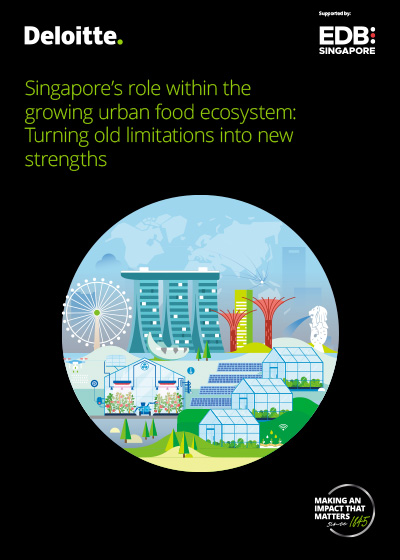It might look like ordinary fish grub, but this bright yellow speck protects the juvenile Asian seabass from a pathogen that afflicts it.
The Streptococcus iniae (S. iniae) bacterium causes major disease among tropical fish, especially those in intensive aquaculture. Infected fish are often afflicted with meningitis, blood poisoning, skin lesions and bulging eyes.
To protect juvenile Asian seabass from infection, scientists from Nanyang Technological University (NTU) in the past year concocted a novel blend of probiotics and nutrients, and mixed them in fish feed.
The supplements are covered with an edible coating that protects the probiotics from acid in the fish gut that can destroy them fast.
Inside a 2mm-wide food pellet, the capsule of probiotics and nutrient is between one and 10 microns in size. That is thinner than a strand of hair, which is about 70 microns thick.
For the fish to gain immunity against the pathogen, the medicinal probiotics and nutrients must travel farther down its gastrointestinal tract unscathed to be successfully utilised.
At the destination, enzymes will break down the fish feed and coating to release the probiotics and nutrients where they are most effective.
“Our hypothesis is that if we feed this feed to fingerlings (young fish), their survivability will improve, and because they are much more disease-resistant, they grow faster as well,” said Professor Joachim Loo from NTU's School of Materials Science and Engineering, who led the team of five in the project.
His hunch proved to be correct when he tested the feed at a local farm between August and September.
Some fish in the farm were afflicted with a mild infection. A few days after the seabass were fed the special grub, most of them were cleared of the infection.
Juvenile seabass that were given the yellow pellets also grew larger than those on a normal diet, said Prof Loo. But this finding will need further validation, he added.
Rearing meaty, healthy and disease-resistant fish in a cost-efficient manner is a key aim of aquaculture players here, as food security rests on their shoulders.








